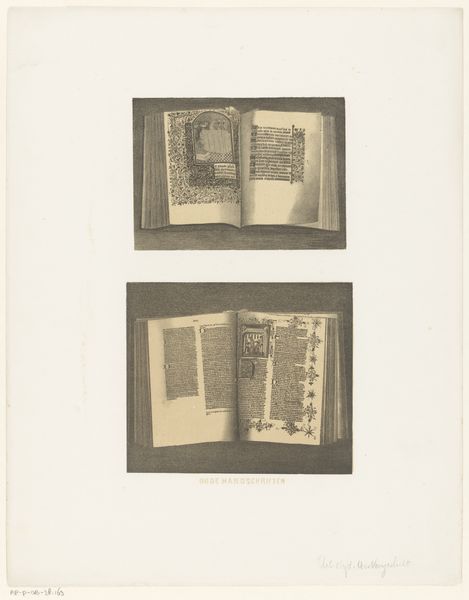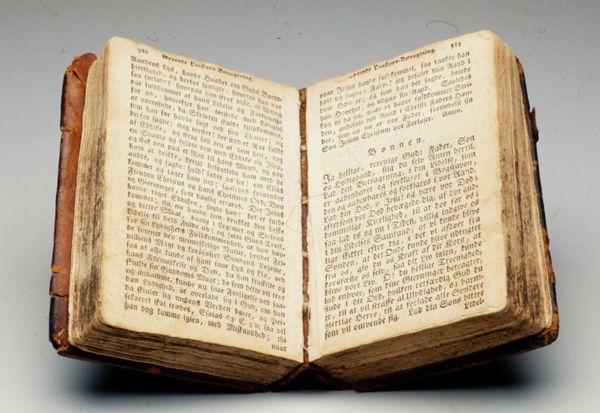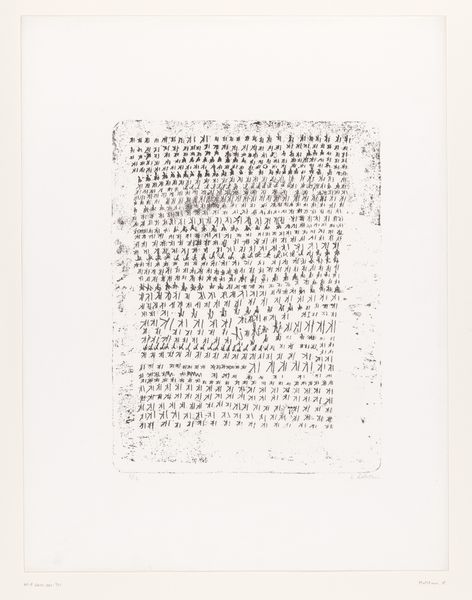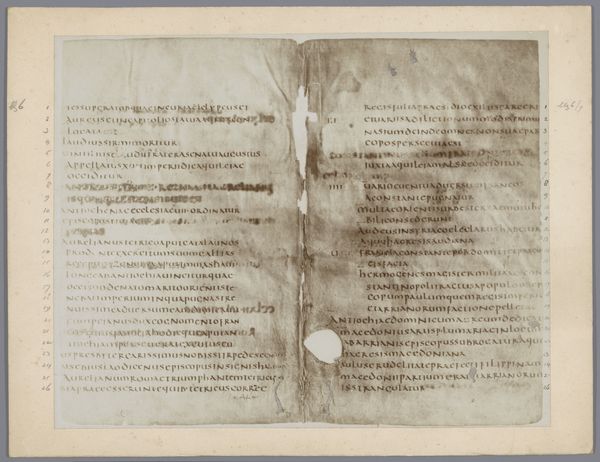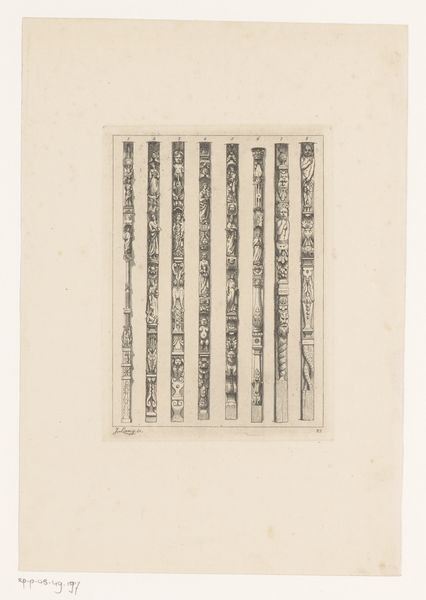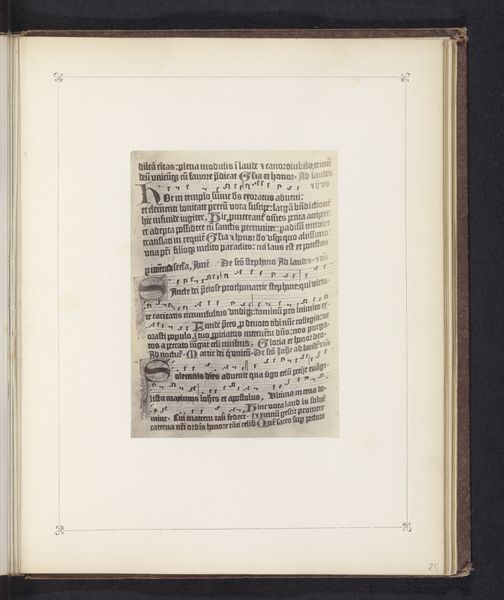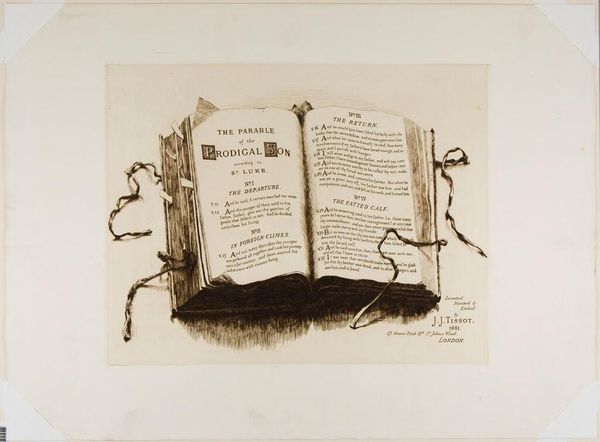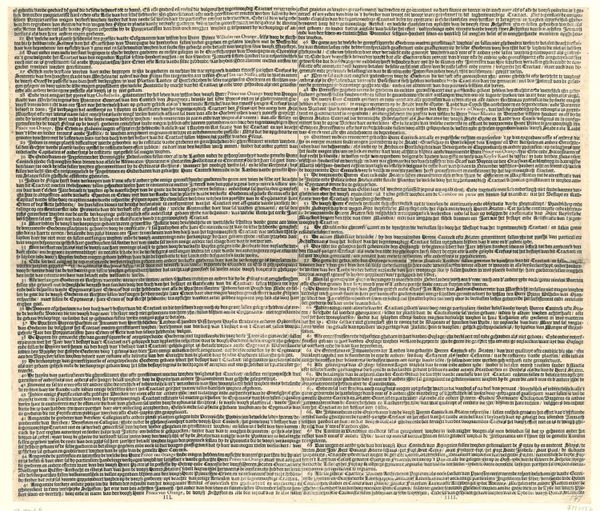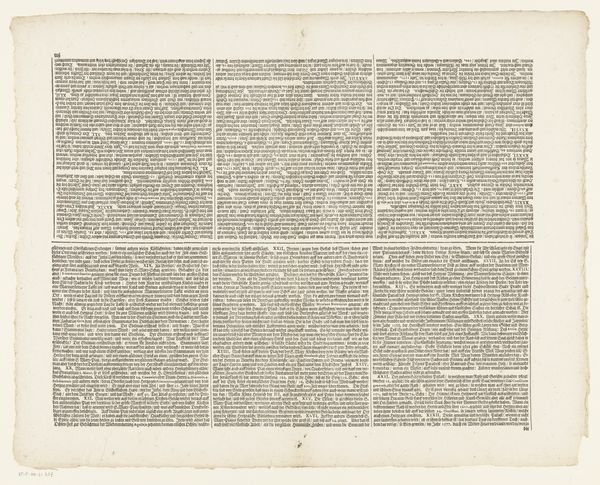
photography, gelatin-silver-print
#
portrait
#
print photography
#
still-life-photography
#
photography
#
gelatin-silver-print
#
modernism
Dimensions: image: 12.3 x 17.7 cm (4 13/16 x 6 15/16 in.) sheet: 24 x 18.1 cm (9 7/16 x 7 1/8 in.)
Copyright: National Gallery of Art: CC0 1.0
Editor: So this is Robert Frank's "Zurich telephone directory--40 Fotos" made between 1941 and 1945; it's a gelatin silver print. It's oddly… intimate. The way the open directory is presented, almost like a portrait. What are your initial thoughts? Curator: The stark presentation definitely reframes the mundane object. The phone book is traditionally a very public resource, meant to connect people, yet Frank presents it in this isolated, almost somber way. Considering the context of World War II, and Switzerland’s neutrality, what message do you think Frank might be conveying through the objectification of something so seemingly objective? Editor: It makes me think about connection and isolation. Perhaps the directory, despite listing so many people, becomes a symbol of a fractured society, especially with the war going on around Switzerland. Does the choice of photography, versus painting or sculpture, amplify this in any way? Curator: Absolutely. Photography in the modernist period aimed for a kind of “truth telling” or objectivity. By photographing the directory, Frank plays on that assumption, subverting the directory’s intended use by making it into an object of contemplation rather than communication. This speaks volumes about how institutions like the press shape perceptions during times of conflict. Editor: So he’s using a tool designed to connect people to highlight disconnection, and commenting on the presumed objectivity of photographic images? That’s clever. Curator: Exactly. It prompts us to consider the political and social implications inherent even in the most ordinary objects and images. The ‘neutrality’ of an image is a very political idea in itself. Editor: I hadn't considered photography’s 'truth telling' in this context before. Thanks for pointing that out. Curator: And thanks for highlighting the sense of intimacy; that makes the political dimensions even more poignant, don’t you think?
Comments
No comments
Be the first to comment and join the conversation on the ultimate creative platform.

